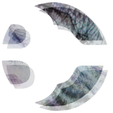|
Image: Solar Eclipse, Hyogo, Japan on May 21 2012 by Takeshi Kuboki On the evening of October 23rd 2018 world-leading University of Cambridge solar physicist Dr. Helen Mason OBE delivered a captivating talk in which she elegantly described past, present, and possible future understanding of the star's physics and the interplay therewith the Solar System and its planetary bodies, including Earth. Part of an ongoing series of public lectures organised by the Science and Technology Facilities Council, Dr. Mason's lecture took audience members on a journey from the birth of the sun some 4,500,000,000 years ago to the theories of Nicolaus Copernicus, Galileo Galilei, Sir Isaac Newton, Albert Einstein, Eugene Parker and more, to recent discoveries that both she and her peers have made having harnessed the potential of NASA's Solar Dynamics Observatory [SDO], NASA and ESA's joint project the Solar and Heliospheric Observatory [SOHO], JAEA's HINODE satellite, the National Science Foundation funded Advanced Technology Solar Telescope [ATST], and the Extreme Ultraviolet Normal Incidence Spectrograph [EUNIS], amongst space and terrestrial hardware. Having scoped out the knowns, including myriad fascinating facts and figures that conveyed the profound influence the Sun has had on life on Earth from the outset of evolution, Dr. Mason went onto discuss the known unknowns being interrogated at the edge of solar research, including how the recently launched Parker Solar Probe may help inform understanding of space weather, and research into the threat solar storms may present to terrestrial and space technologies and other human systems. In closing Dr. Mason discussed her passion for interdisciplinary works that bring together scientists with artists from school age upwards, and why working beyond boundaries is critical to building a better understanding of the world, Solar System, and Universe we live in.
Find upcoming STFC lectures here: https://stfc.ukri.org/news-events-and-publications/stfc.ukri.org/news-events-and-publications/
0 Comments
Image: Leda and The Swan by Neil Spiller Throughout a career spanning over three decades Neil Spiller has carved out a reputation as one of the foremost original, creative, intuitive, and influential architectural thinkers worldwide. Infused with deep knowledge of fields as diverse as the Classics, cybernetics, synthetic biology, Surrealism, and much, much more, Spiller's written and drawn works transcend the boundaries of space and time in their extensive and ongoing interrogation of architectural and landscape potentialities near and far.
Until recently the Hawksmoor Chair of Architecture and Landscape and Deputy Pro Vice-Chancellor of the University of Greenwich, and formerly Vice-Dean and Graduate Director of Design at The Bartlett School of Architecture, UCL, Spiller is widely a published author who will be known to many through his umpteen contributions to AD, and numerous exhibits at prestigious galleries, and architecture and design institutions the world-over. Spiller is also founding director of AVATAR [Advanced Virtual and Technological Architecture Research group], which internationally recognised for its paradigm shifting contribution to architectural research, experiment, discourse, and teaching has birthed works including James Eagle's RIBA President's Medal-winning thesis, and my own recently submitted PhD thesis. For his latest architectural trick Spiller has teamed-up with iconic and highly influential graphic designer Vaughan Oliver. They that know not the name will know the work, for Oliver is the designer that created the visual identities for many of the most pioneering and successful bands of the 80s and 90s, including the Cocteau Twins, This Mortal Coil, and Pixies. Bringing together "a plethora of new, unpublished and beautiful drawings in what will be the [collectors take note] only monograph available on his [Spiller's] work", Communicating Vessels "explores the surreal impact of advanced technology on the architecture of the house and garden", and in the process documents one of the most scholarly extensive and creatively experimental research projects of the past few decades. Being launched via a campaign on Kickstarter, as they that know Spiller's work well will know, any as place a pledge to support this project will be not disappointed! Place a pledge here: https://www.kickstarter.com/projects/862442095/communicating-vessels-neil-spiller?ref=profile_backedwww.kickstarter.com/projects/862442095/communicating-vessels-neil-spiller?ref=profile_backed A On Friday 19th October the University of Oxford's Museum of Natural History held its inaugural Lates night, which titled 'Uncultured' celebrated the opening of its Bacterial World exhibition. Situated in the heart of the city, the museum was abuzz with microbial-themed activities of myriad kind, including a 92ft long E.coli installation and glassworks by Luke Jerram; geological fossils evidencing how bacteria oxygenated Earth 2.4 billion years ago and further exhibits on loan from the Wellcome Collection, Yale Peabody Museum of Natural History, the Pitt Rivers Museum, and the Natural History Museum, London; Jazz pianist Martin Pickett, who musically interpreted films of bacterial growth, reproduction, and swimming; various visual arts workshops exploring techniques and technologies to print/draw/model your own bacteria; a bacterial bistro where participants learnt how bacteria are used in food production, preservation, and flavouring; and several talks and discussions, of which the highlight was 'Wonders of the Microbial World', a lecture by Harvard University's Scott Chimileski and Roberto Kolter. Taking the audience on a tour of their various in natura and in vitro interrogations of bacterial life forms and their history, geography, architecture, and more, Chimileski and Kolter shared a sumptuous selection of imagery, much of it from their new book, 'Life at the Edge of Sight: A Photographic Exploration of the Microbial World'. Running until May 28th 2019, Bacterial World is supported by an ongoing series of talks, workshops tours, and other events, which explore subjects as diverse as the origin of life on Earth, symbiosis between bacteria, plants and animals, microbial impact both good and bad on humans past, present, and possible future, and even a 'Party in a Petri' dish where the museum halls will be decked with microbial themed carols, quizzes, games, talks and more. Although, by comparison to the Natural History Museum, London, the museum is small, it's permanent collection is small, but perfectly formed. Items of particular note include its fossil record, which elegantly documents the evolution of life, and its gemstone and mineral collections. A visit comes highly recommended! Find out more at: https://oumnh.ox.ac.uk/ |
AuthorMelissa Sterry, PhD, chartered design scientist, systems theorist, biofuturist, and serial founder inc. Bionic City® Bionic CityAsking the question "how would nature design a city" since 2010.
Archives
October 2023
Categories#bionics
#biotech #biodesign #bioscience #biomimetics #biotechnology #bioengineering #bioinnovation #bioaesthetics #biorevolution #bioenterprise #biosystems #biocreative #biofuturism #biofutures #biocentric #biofacture #biotecture #biovation #biofiction #biourban #biocities #biolab #bioart #STEM
#STEAM #STEAMED #STEMcomms #STEAMcomms #STEAMEDcomms © Bioratorium Limited & Melissa Sterry
2021 All Rights Reserved |
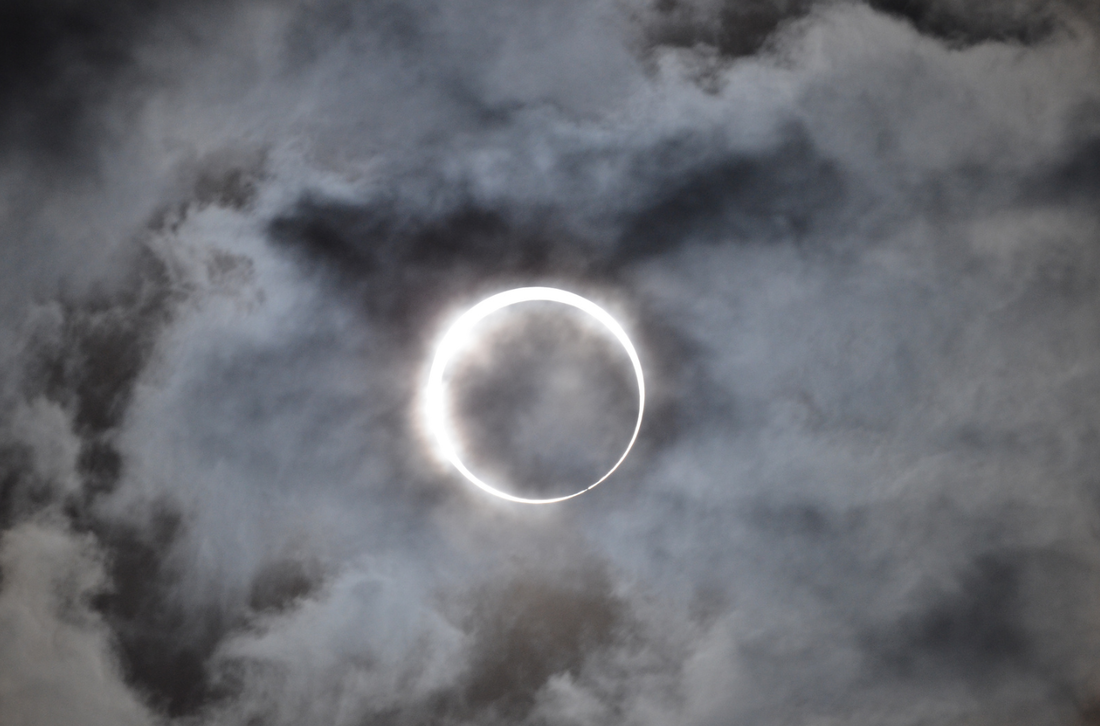
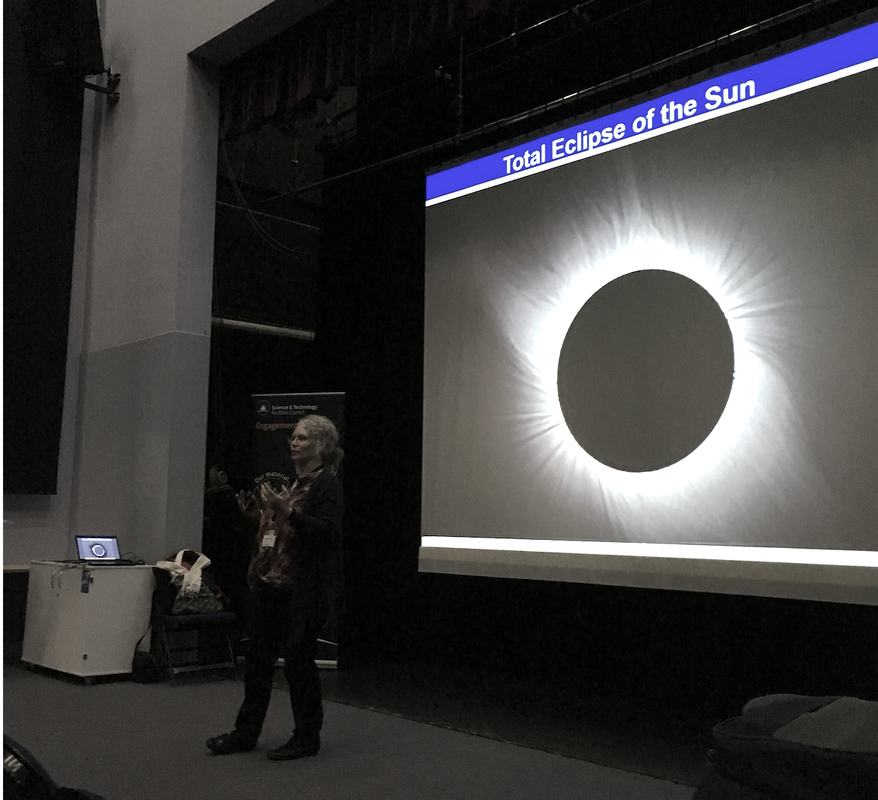
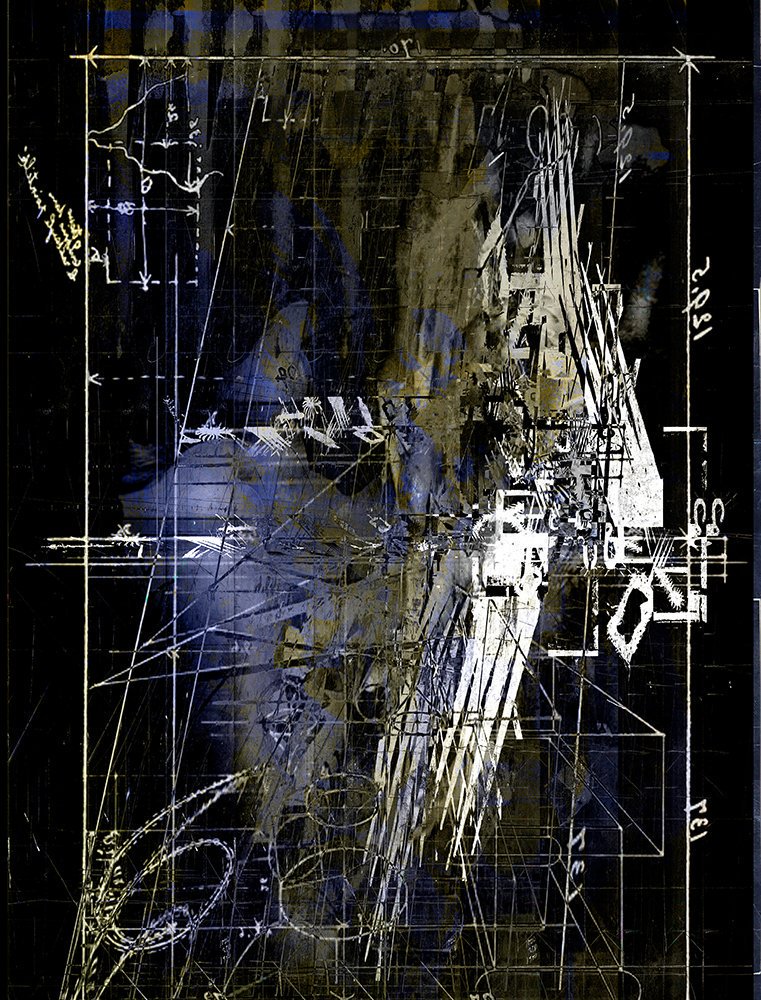
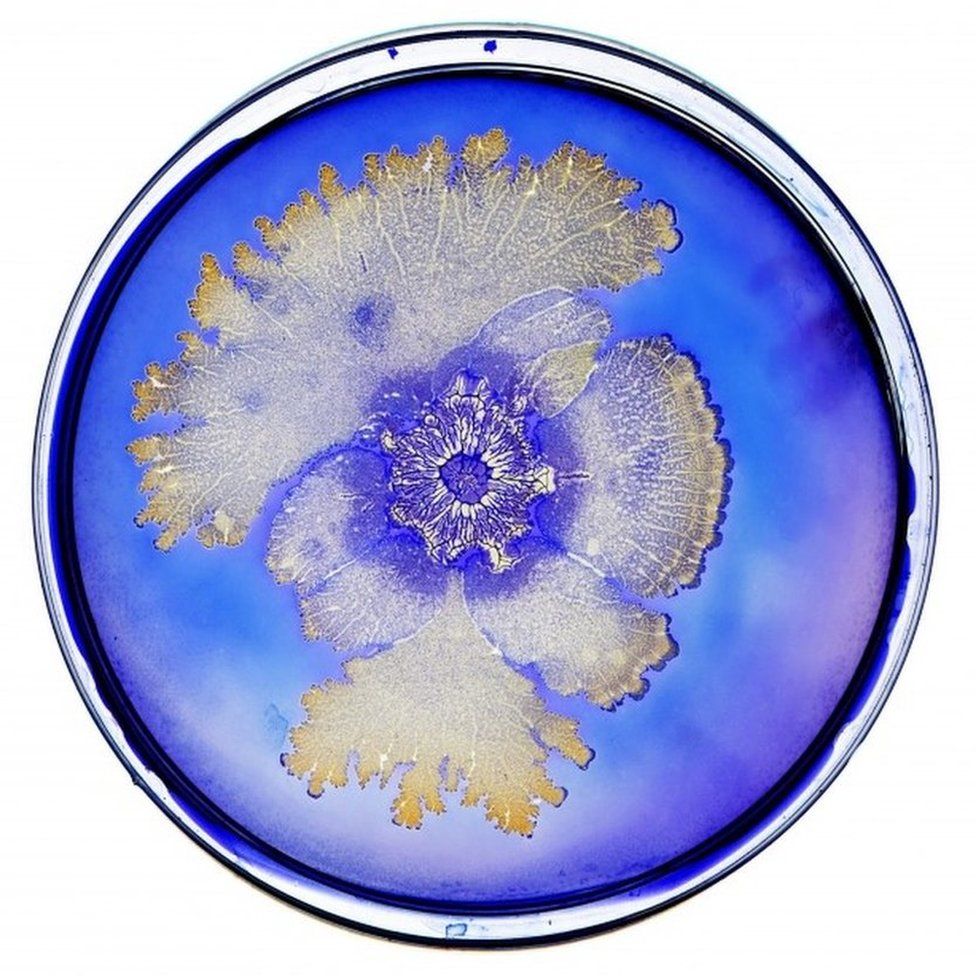
 RSS Feed
RSS Feed
